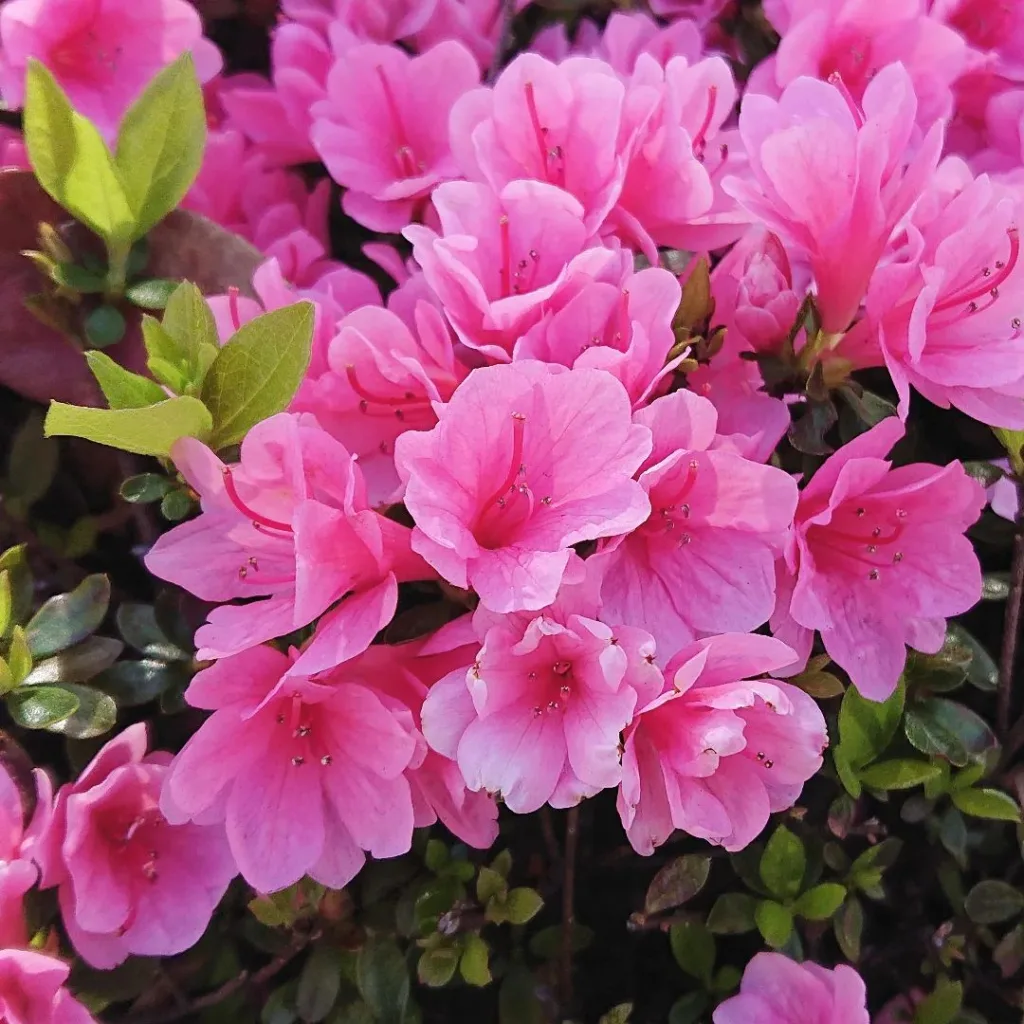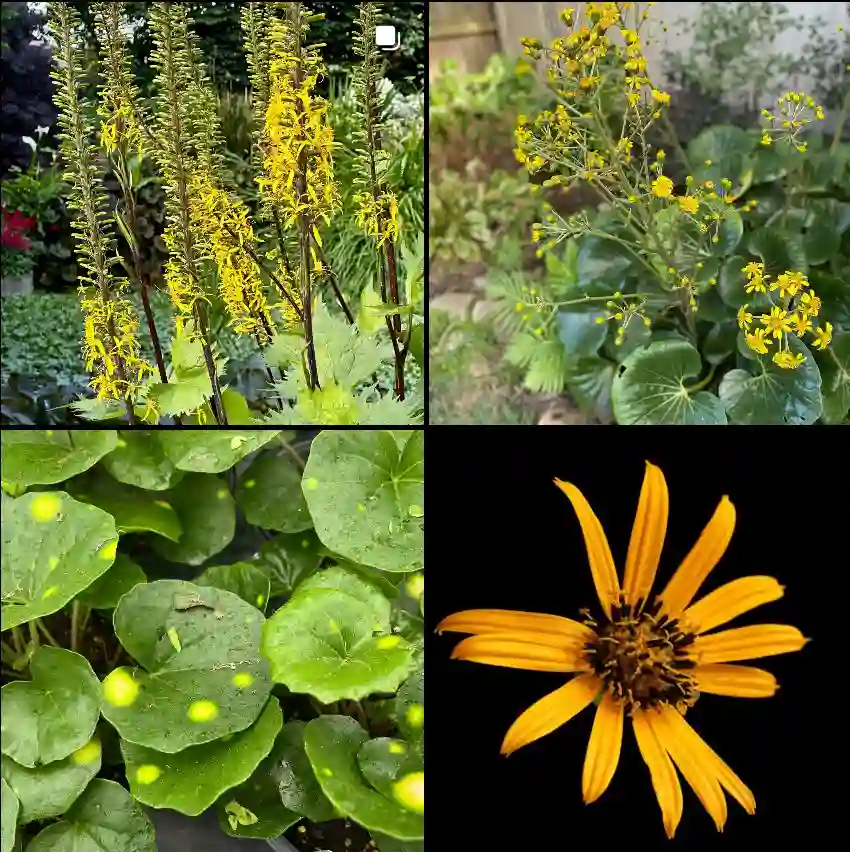Exploring the Pinaceae Family: A Journey Through the Evergreen Giants
The Pinaceae family has always fascinated me. Whenever I walk through a forest filled with towering pines, spruces, or firs, I feel a sense of awe. The crisp scent of resin and the rustling of needle-like leaves evoke a deep connection to nature. As someone who loves plants, I’m naturally drawn to learning more about the Pinaceae family, which encompasses some of the most iconic conifer trees in the world. This family is widespread and dominates vast regions of the Northern Hemisphere, making it a crucial part of forest ecosystems.
What is the Pinaceae Family?
The Pinaceae family is a group of conifers that includes about 11 genera and over 200 species. These trees are mostly evergreen and are known for their needle-like leaves and cone-bearing reproductive structures. When I first started learning about this family, I realized how essential they are not only to forests but also to industries like timber and paper production. From massive pines used for lumber to smaller species like Tsuga, which are often found in gardens, the versatility of Pinaceae members is impressive.
Most trees in this family are well-adapted to cold climates, thriving in mountainous or temperate regions. As someone who enjoys the outdoors, especially hiking in cooler climates, I’ve come to appreciate the role these trees play in stabilizing the soil and offering shelter to wildlife.
Genus
Pinus: The Mighty Pine
Whenever I think of Pinaceae, the first genus that comes to mind is Pinus, the pine trees. Pine trees are the most widespread and diverse genus in the Pinaceae family, with over 100 species. Pines are known for their long, slender needles that grow in clusters and their iconic pine cones, which I’ve often picked up during hikes.
What I find particularly interesting about pines is their adaptability. From the scorching deserts to the cold alpine regions, Pinus species are survivors. Some popular species include the Eastern White Pine (Pinus strobus) and the Scots Pine (Pinus sylvestris). Eastern White Pine is native to North America and is a common sight in forests, while the Scots Pine is one of Europe’s most recognizable trees.
Pines are also economically significant. The wood is used for construction, paper production, and even resin-based products like turpentine. For anyone who enjoys woodworking or hiking in pine forests, these trees are as valuable as they are beautiful.
Picea: The Spruces of the North
Picea, or spruces, are another fascinating genus within the Pinaceae family. Spruce trees are particularly famous in northern forests, where they dominate the landscape. I’ve always admired the symmetry of spruce trees—perfectly cone-shaped and dense with short, stiff needles.
Some of the most common species include the Norway Spruce (Picea abies) and the White Spruce (Picea glauca). Norway Spruce is widely planted as a Christmas tree, and you’ll often see them in city parks, adding a touch of evergreen beauty to urban settings. White Spruce, on the other hand, is native to North America and thrives in boreal forests, where the cold temperatures don’t bother it one bit.
I’ve noticed that spruce wood is particularly valuable for building because of its strength and light weight. Its straight grain makes it a favorite for musical instruments like violins, and for those who enjoy a touch of natural elegance in their homes, spruce is often used in furniture.
Abies: The True Firs
Moving on to another evergreen genus, Abies, or true firs, stand out in the Pinaceae family due to their softer, more flexible needles. What I love about firs is their fragrance. The scent of fir needles reminds me of the holidays, and nothing beats the smell of a Fraser Fir (Abies fraseri) during Christmas time.
One thing I’ve learned is that firs can be distinguished from spruces by their cones, which grow upright instead of hanging down. Popular species include the Balsam Fir (Abies balsamea), known for its aromatic needles, and the Noble Fir (Abies procera), which is commonly used for timber and Christmas trees.
Firs also have a special place in mountain ecosystems. They often grow at high elevations, providing habitat and food for wildlife. They might not be as widespread as pines, but they’re definitely iconic in the regions where they thrive.
Cedrus: The Majestic Cedars
Finally, let’s talk about Cedrus, or true cedars. Cedars are majestic trees known for their aromatic wood and sprawling branches. Whenever I see a Lebanon Cedar (Cedrus libani), I’m struck by its grandeur. These trees can live for centuries, growing massive trunks and wide canopies that offer shade and shelter to a variety of wildlife.
Another common species is the Atlas Cedar (Cedrus atlantica), which is often planted in large parks or estates. What I find particularly fascinating about cedars is their history. The Lebanon Cedar, for instance, has been revered since ancient times, used for constructing temples and ships due to its durable, rot-resistant wood.
Cedar wood is prized for its resistance to insects and decay, making it perfect for outdoor furniture, closets, and even saunas. It’s one of those trees where the benefits go beyond just aesthetics or timber—it’s a symbol of resilience.
Other genera
- Cathaya Chun & Kuang
- Keteleeria Carrière
- Larix Mill. – 11 Species in Genus Larix – Larch Tree
- Nothotsuga H.H.Hu ex C.N.Page
- Pseudolarix Gordon & Glend.
- Pseudotsuga Carrière – 4 Species in Genus Pseudotsuga
- Tsuga (Endl.) Carrière – 11 Species in Genus Tsuga
Conclusion: Why the Pinaceae Family Matters
For me, the Pinaceae family represents both strength and beauty. These trees are not only critical for ecosystems but also for industries and cultures worldwide. Whether it’s the towering Pinus trees, the elegant Picea spruces, or the fragrant Abies firs, each genus has something unique to offer.
The next time you find yourself in a forest, take a moment to appreciate the Pinaceae family. These evergreen giants are more than just trees—they’re vital parts of our world.
If i die, water my plants!



